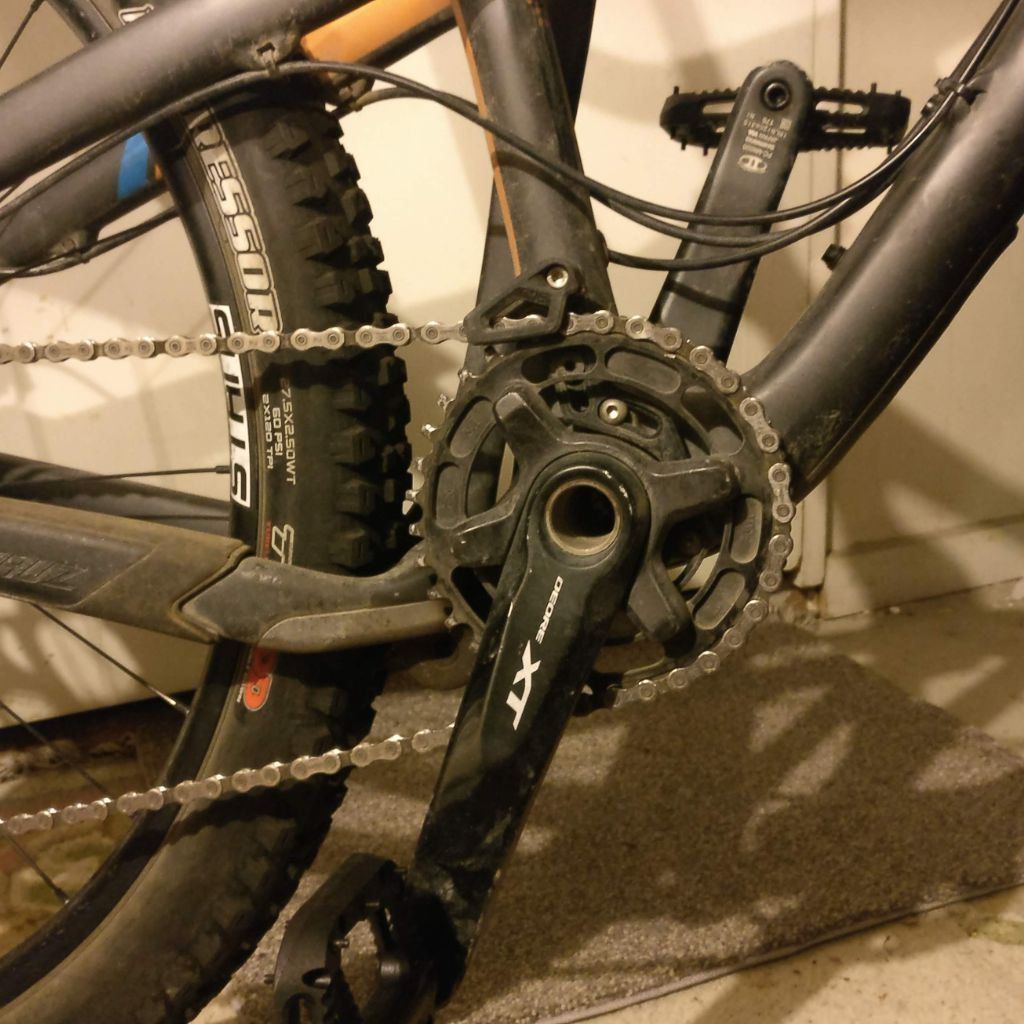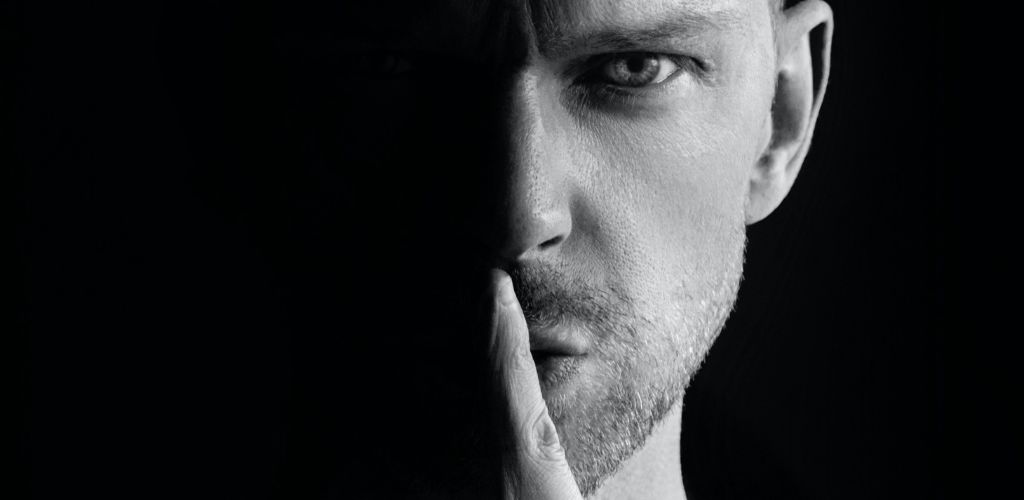Nobody loves riding a noisy rattling bike down the trail – I can’t stand it!
Making your mountain bike quieter involves addressing various components where noise can originate. Let’s dive into some effective strategies:
Chain and Derailleur Adjustments
A common source of noise is the chain rattling against the frame. This can be mitigated by using chainstay protectors, which are simple to install and relatively inexpensive.
Additionally, upgrading to a clutch derailleur can significantly reduce chain rattle by maintaining tighter chain tension, although this can be a more costly solution.
It’s also crucial to ensure your chain is the correct length for your bike.
- Check the chain for proper length and tension.
- Install a chainstay protector to reduce chain slap.
- Consider upgrading to a clutch derailleur for tighter chain control.
- Regularly inspect and adjust the front and rear derailleurs for optimal alignment.

Maintenance for Quiet Operation
Regular cleaning and lubrication of your cassette, chainrings, and derailleur pulleys are essential.
Dirt and grime build-up can lead to grinding noises, so keeping these components clean will reduce such issues.
Additionally, making sure your gears are perfectly tuned is vital. Even slight misalignments can cause grinding noises, so fine-tuning your derailleur alignment is necessary for smooth and quiet operation.
- Clean the cassette and chainrings regularly to remove dirt and grime.
- Apply appropriate lubrication to the chain, cassette, and derailleur pulleys.
- Ensure gears are tuned correctly to avoid grinding noises.
- Regularly check for wear and replace chain, cassette, and chainrings as needed.
Cable Management
Cable noise can also contribute to a noisy bike.
Ensuring that your cables are the correct length and not too loose (which causes slapping against the frame) or too tight (leading to binding or breakage) is important.
You may also need to consider rerouting the cables for optimal performance and noise reduction.
- Ensure cables are the correct length to avoid slapping or binding.
- Inspect cable routing for efficiency and adjust if necessary to reduce noise.
- Regularly check and replace worn or frayed cables.
- Use cable clips or ties to secure loose cables against the frame.

Addressing Clunk and Creak Noises
Clunk noises often indicate worn-out, loose, or broken components, such as headset bearings, bottom brackets, wheel hubs, or suspension bushings.
These should be checked and tightened or replaced as needed. Creaking noises can originate from various parts, including the frame, seat post, and the stem-handlebars connection.
Regular cleaning and slight greasing of these parts, followed by proper tightening, can help eliminate these creaks.
- Inspect for worn-out, loose, or broken components like headset bearings, bottom bracket, wheel hubs, and suspension bushings.
- Tighten or replace any loose components.
- Check the frame, seat post, and stem connections for creaks; clean and lubricate as needed.
- Perform a bounce test to locate the source of clunking noises.
May your bike forever be silent on the trail!
Each of these areas contributes to the overall noise level of your mountain bike, and addressing them can lead to a significantly quieter ride.
Regular maintenance and occasional upgrades not only enhance the quietness of your ride but also improve the overall performance and longevity of your bike.

